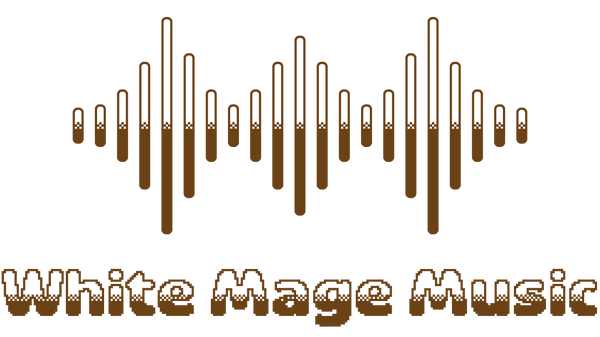Virtual Ensembles
-
Pro Tips
With our extensive experience in creating virtual ensembles, here are the tips & tricks to setting up your project for success!
-
Distributing & Collecting Media
- Use a shared cloud-based folder (e.g. Google Drive) as a way to make sheet music accessible by performers. This keeps an easy-to-access link readily available, but it also adds a layer of protection for your composers' copyrights.
- Once your performers have recorded, a Google Form is the easiest way to collect the videos. You're able to set up a file attachment in the Google Form and it will deposit all of the recordings into one, easily-accessible download folder.
-
Recording guidance:
- Videos should be recorded with as little (or zero) background noise and, as possible, with a high-quality microphone. Any videos that have an excess of white noise may have their volume reduced or muted for clarity of the overall piece. The click track absolutely should not be audible.
- You should record your video in an acoustically "dead" space: as little echo/reverb as possible. This will help with dialing in the timing when putting the video together.
- Bell-front Brasses (Trumpets & Trombones) should not aim directly at the microphone, but instead about 45° to the side to reduce the direct intensity of the sound. Similarly, more intense percussion instruments (e.g. Snare Drum, Xylophone, Glockenspiel, etc.) should have a little distance from the heads of the instrument and the microphone. You should not turn so far as to have your back or your side to the camera.
- Videos should be recorded in "LANDSCAPE" orientation (sideways) to allow for consistency in layout in the final product. The video should be recorded in one, continuous, unedited take, for the entire duration of the click track. If you do cut your video, please be sure there are 3 or 4 seconds of time before and after you perform to ensure plenty of material in the video editing process.
- Your video needs to be in a standard video format: M4V, MP4, or MOV. Non-standard formats (WMV, WebM, etc.) will not be usable.
- When you record, you should use headphones or earbuds. Keep one ear open to be able to listen to your performance while the other ear is able to listen to the pitch references in the recording.
- Turn off any fans in the room (including ceiling fans) and do not have any lamps or overhead lights in view of the camera. If your heat or air conditioning are running, try to keep your microphone away from the air vents.
This information comes from Erik Kosman, an expert on using live audio and amplification:
- Tip for folks having private lessons/video assignments, if you're using a phone/tablet/something without gain (not volume) control, prioritize the placement of the device for SOUND not VIDEO.
- A higher angle is probably the best of both worlds. If you can get the device up high, you'll be able to see the performer in the shot, but the instrument will be off axis.
